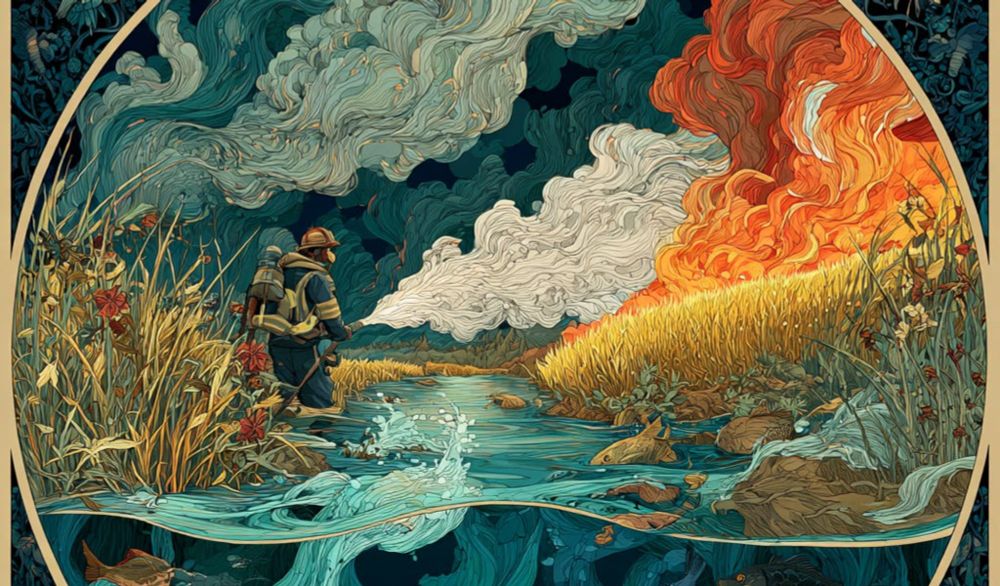Bruce Lanphear
@blanphear.bsky.social
47 followers
16 following
28 posts
For over 30 years, I’ve been studying how invisible poisons—lead, air pollution, fluoride, pesticides—damage human health. I’ve helped shape policies, raise alarms, and remind people that when it comes to toxic chemicals, no dose is safe.
Posts
Media
Videos
Starter Packs
Bruce Lanphear
@blanphear.bsky.social
· Aug 19
Bruce Lanphear
@blanphear.bsky.social
· Aug 16

Industry loves to say, ‘The dose makes the poison.’ But what if that’s a lie that’s been poisoning policy for decades?
Ken Cook talks with Dr. Bruce Lanphear about how a 500-year-old mantra still shields polluters—and why tiny doses can cause massive harm."
open.substack.com
Reposted by Bruce Lanphear
Bruce Lanphear
@blanphear.bsky.social
· Aug 7

Rally: Sound Science Saves Lives · Mobilize
Science and public research are under attack in this country. Indiscriminate cuts to federal research agencies and political interference are causing research studies to be paused, programs halted, an...
www.mobilize.us




















